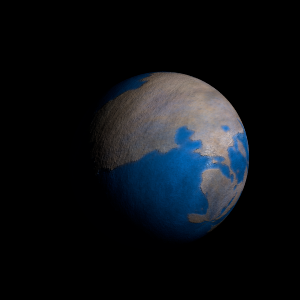|
|
Space Astro
|
Info for exoplanet "Hyupyo"
| Scientific (actual) data |
|---|
| Name | Kepler-9 d |
| Planet status | Confirmed |
| Planet mass | 0.0165183 |
| Radius | 0.146 |
| Orbital period | 1.59285 |
| Semi major axis | 0.0273 |
| Discovered | 2010 |
| Updated | 2021-02-05 |
| Tconj | 2455020 |
| Tzero tr | 2455020 |
| Temperature (kelvin) | 2026 |
| Publication | Published in a refereed paper |
| Detection type | Primary Transit |
| Alternate names | 2MASS J19021775+3824032 d, K00377.03, KIC 3323887 d, KOI-377 d, KOI-377.03, WISE J190217.77+382402.9 d |
| Star name | Kepler-9 |
| Right ascension | 285.57° |
| Declination | 38.4° |
| Mag v | 13.9 |
| Mag j | 12.71 |
| Mag h | 12.391 |
| Star distance | 614 |
| Star metallicity | 0.05 |
| Star mass | 1.02 |
| Star radius | 0.96 |
| Star age | 2 |
| Star temperature | 5774 |
| Star alternate names | 2MASS J19021775+3824032, KIC 3323887, KOI-377, WISE J190217.77+382402.9 |
| Wikipedia article | Kepler-9 d |
Back
| |
| Fictional info (?) |
|---|
| Suggested name | Hyupyo |
| Planet type | Hot planet |
| A prominent result is the "great blue spot", a giant storm that is known to have existed for centuries since it was first observed by radar. |
| Atmosphere | Carbonyl sulfide | 57% |
| Xenon | 40% |
| Nitrogen | 2.6% |
| Atmospheric pressure | 2.5 bar |
 |
| No known satellites |
| Google search for Hyupyo |
|
Website by Joachim Michaelis
|
|
|
|